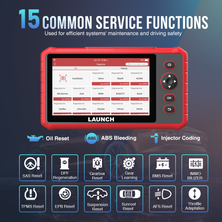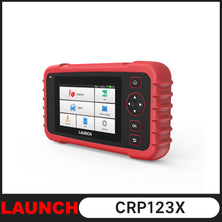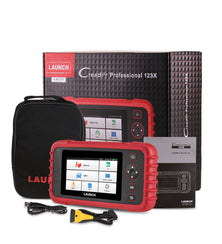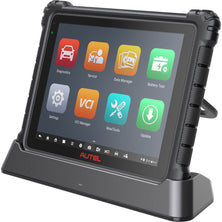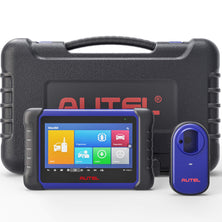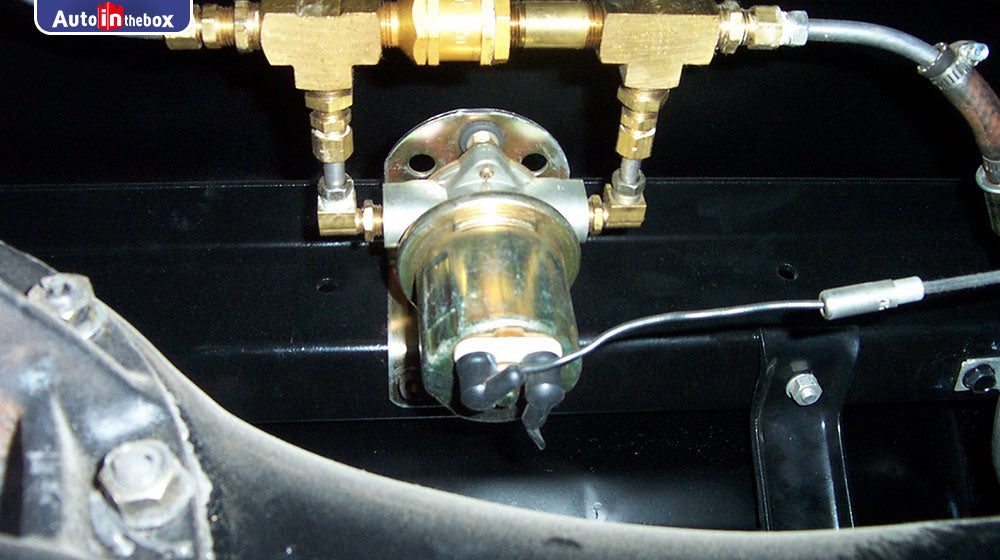
Mechanical fuel pumps vs. electric fuel pumps
Fuel pumps are a necessary part for the operation of an internal combustion automobile engine. Fuels pumps fall into two types: mechanical pumps and electric pumps. Although electric pumps are more popular and seem to have the trend of taking place of the mechanical ones, each kind has its own advantages and disadvantages.
Types
In mechanical fuel pump systems, a moving diaphragm creates a vacuum that sucks fuel to the engine. Diaphragm pumps are located on the engine and are operated by eccentric cams on crankshafts. Attached to the eccentric is a rocker arm that moves, flexing the diaphragm, which pumps fuel into the engine. Unlike mechanical fuel pumps that need to be located near the engine, electric fuel pumps can be placed anywhere in the car, but work the best when they are installed near fuel tanks. Newer fuel pumps are often located within the fuel tanks themselves.
Pressure
Mechanical fuel pumps are manufactured to operate at pressures between 4 and 6 lbs. per square inch (psi). Electric fuel pumps, on the other hand, are capable of operating at pressures between 30 and 40 psi.
Features
There are two types of electric fuel pumps available to fuel pump consumers: High pressure electric fuel pumps and low pressure electric fuel pumps. When a fuel pump needs to be replaced, you should make sure that the correct pump is being installed as low pressure and high pressure electric fuel pumps look the same.
Comparisons
Probably the biggest difference between mechanical fuel pumps and electric fuel pumps is the pressure output difference. Automobiles that feature fuel injection systems employ electric fuel pumps. Automobiles that use carburetors typically utilize mechanical fuel pump technology.
Warnings
Fuel pumps that have leaks in them are dangerous, as leaking fuel can ignite. Regular maintenance should be scheduled to assure that a car's fuel pump is in proper working order. Care should be taken when handling fuels such as gasoline because it is flammable and harmful to touch or inhale.
Types
In mechanical fuel pump systems, a moving diaphragm creates a vacuum that sucks fuel to the engine. Diaphragm pumps are located on the engine and are operated by eccentric cams on crankshafts. Attached to the eccentric is a rocker arm that moves, flexing the diaphragm, which pumps fuel into the engine. Unlike mechanical fuel pumps that need to be located near the engine, electric fuel pumps can be placed anywhere in the car, but work the best when they are installed near fuel tanks. Newer fuel pumps are often located within the fuel tanks themselves.
Pressure
Mechanical fuel pumps are manufactured to operate at pressures between 4 and 6 lbs. per square inch (psi). Electric fuel pumps, on the other hand, are capable of operating at pressures between 30 and 40 psi.
Features
There are two types of electric fuel pumps available to fuel pump consumers: High pressure electric fuel pumps and low pressure electric fuel pumps. When a fuel pump needs to be replaced, you should make sure that the correct pump is being installed as low pressure and high pressure electric fuel pumps look the same.
Comparisons
Probably the biggest difference between mechanical fuel pumps and electric fuel pumps is the pressure output difference. Automobiles that feature fuel injection systems employ electric fuel pumps. Automobiles that use carburetors typically utilize mechanical fuel pump technology.
Warnings
Fuel pumps that have leaks in them are dangerous, as leaking fuel can ignite. Regular maintenance should be scheduled to assure that a car's fuel pump is in proper working order. Care should be taken when handling fuels such as gasoline because it is flammable and harmful to touch or inhale.
Older Post
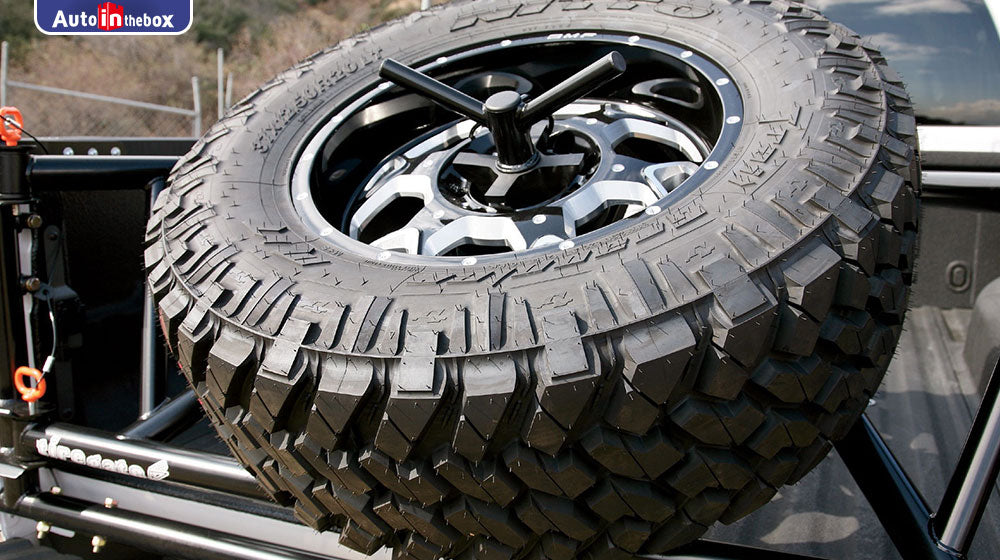 Newer Post
Newer Post

Getting Clues of How to Access the Spare Tire on a 2010 Ford F150

Why does my car steering wander?




